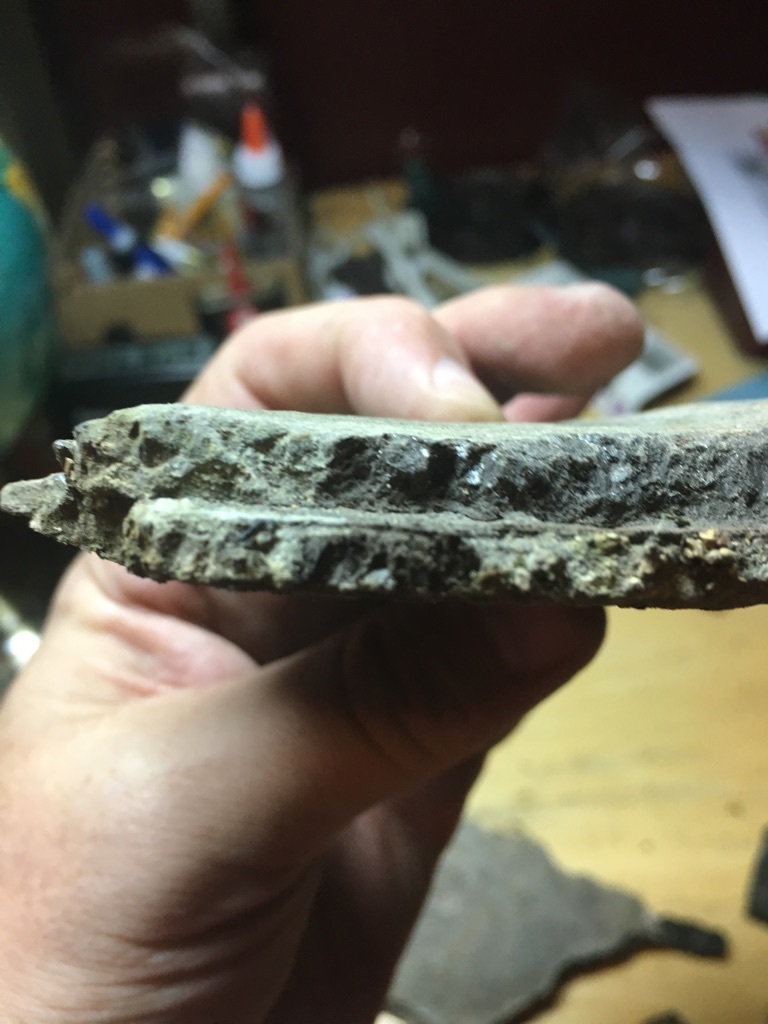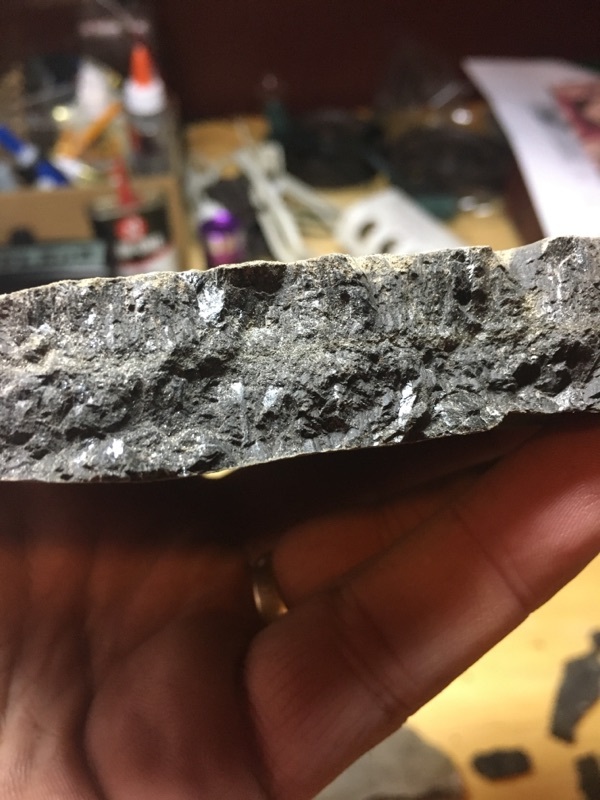Home PageAbout MindatThe Mindat ManualHistory of MindatCopyright StatusWho We AreContact UsAdvertise on Mindat
Donate to MindatCorporate SponsorshipSponsor a PageSponsored PagesMindat AdvertisersAdvertise on Mindat
Learning CenterWhat is a mineral?The most common minerals on earthInformation for EducatorsMindat ArticlesThe ElementsThe Rock H. Currier Digital LibraryGeologic Time
Minerals by PropertiesMinerals by ChemistryAdvanced Locality SearchRandom MineralRandom LocalitySearch by minIDLocalities Near MeSearch ArticlesSearch GlossaryMore Search Options
The Mindat ManualAdd a New PhotoRate PhotosLocality Edit ReportCoordinate Completion ReportAdd Glossary Item
Mining CompaniesStatisticsUsersMineral MuseumsClubs & OrganizationsMineral Shows & EventsThe Mindat DirectoryDevice SettingsThe Mineral Quiz
Photo SearchPhoto GalleriesSearch by ColorNew Photos TodayNew Photos YesterdayMembers' Photo GalleriesPast Photo of the Day GalleryPhotography
╳Discussions
💬 Home🔎 Search📅 LatestGroups
EducationOpen discussion area.Fakes & FraudsOpen discussion area.Field CollectingOpen discussion area.FossilsOpen discussion area.Gems and GemologyOpen discussion area.GeneralOpen discussion area.How to ContributeOpen discussion area.Identity HelpOpen discussion area.Improving Mindat.orgOpen discussion area.LocalitiesOpen discussion area.Lost and Stolen SpecimensOpen discussion area.MarketplaceOpen discussion area.MeteoritesOpen discussion area.Mindat ProductsOpen discussion area.Mineral ExchangesOpen discussion area.Mineral PhotographyOpen discussion area.Mineral ShowsOpen discussion area.Mineralogical ClassificationOpen discussion area.Mineralogy CourseOpen discussion area.MineralsOpen discussion area.Minerals and MuseumsOpen discussion area.PhotosOpen discussion area.Techniques for CollectorsOpen discussion area.The Rock H. Currier Digital LibraryOpen discussion area.UV MineralsOpen discussion area.Recent Images in Discussions
Identity HelpWhat is it?

13th Dec 2016 18:36 UTCScott DeLano
I was wading through a creek this past Fall looking for pyrite clusters in black shale in northeast Oklahoma. I cam across some exposed black shale and there appeared to be a layer of something else sandwiched in between two layers of the shale. It almost appeared to have "oozed" out from between the two layers. I noticed some larger lumps in it, so I tapped around them to see if they were pyrite clusters. Turned out they were, but the material they were in was VERY hard (the "ooze" layer")...much harder than the black shale that sandwiched it. I broke off a large piece of the material and cleaned it up. To the naked eye, it appears to have a black matte finish in places but I can also see what appears to be black crystal faces in other spots. The material came out of the rock in a layer form, yet the cleavage seems to be running top-to-bottom, the thickness of the layer. Running down the middle of the layer is a thin layer of pyrite "dust". Sprinkled all over the material is pyrite "dust". Again the material is very hard and streaks a dark gray color. I have enclosed some pictures. I apologize for the quality. If you would like to see a different shot, just ask.
So...any ideas on what this layer of material is??? I don't think it is black shale. Anthracite coal maybe?
13th Dec 2016 18:48 UTCReiner Mielke Expert

13th Dec 2016 20:53 UTCScott DeLano

13th Dec 2016 22:07 UTCWayne Corwin
Would it bubble in an acid test?
13th Dec 2016 22:29 UTCReiner Mielke Expert

14th Dec 2016 13:58 UTCScott DeLano

14th Dec 2016 15:24 UTCWayne Corwin
28th Jun 2017 20:12 UTCTony Nikischer 🌟 Manager
Included crude oil is largely responsible for the color, and yes, it is also called "stinkstone" as a result. Mindat still lists anthraconite under calcite, but perhaps it should reflect the dominant dolomite with lesser calcite.
28th Jun 2017 20:26 UTCReiner Mielke Expert

28th Jun 2017 20:50 UTCAlfredo Petrov Manager




Mindat.org is an outreach project of the Hudson Institute of Mineralogy, a 501(c)(3) not-for-profit organization.
Copyright © mindat.org and the Hudson Institute of Mineralogy 1993-2024, except where stated. Most political location boundaries are © OpenStreetMap contributors. Mindat.org relies on the contributions of thousands of members and supporters. Founded in 2000 by Jolyon Ralph.
Privacy Policy - Terms & Conditions - Contact Us / DMCA issues - Report a bug/vulnerability Current server date and time: April 19, 2024 21:16:50
Copyright © mindat.org and the Hudson Institute of Mineralogy 1993-2024, except where stated. Most political location boundaries are © OpenStreetMap contributors. Mindat.org relies on the contributions of thousands of members and supporters. Founded in 2000 by Jolyon Ralph.
Privacy Policy - Terms & Conditions - Contact Us / DMCA issues - Report a bug/vulnerability Current server date and time: April 19, 2024 21:16:50













